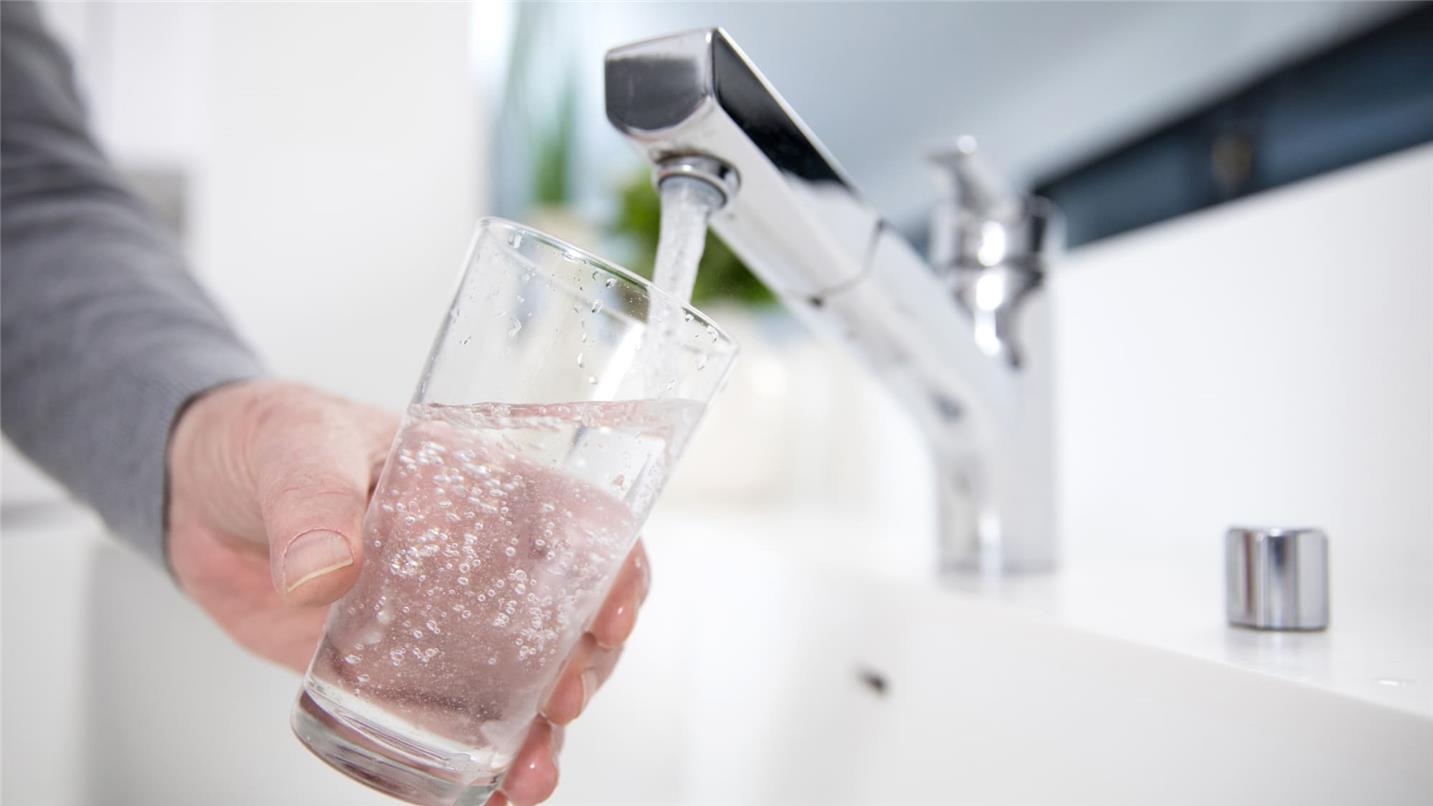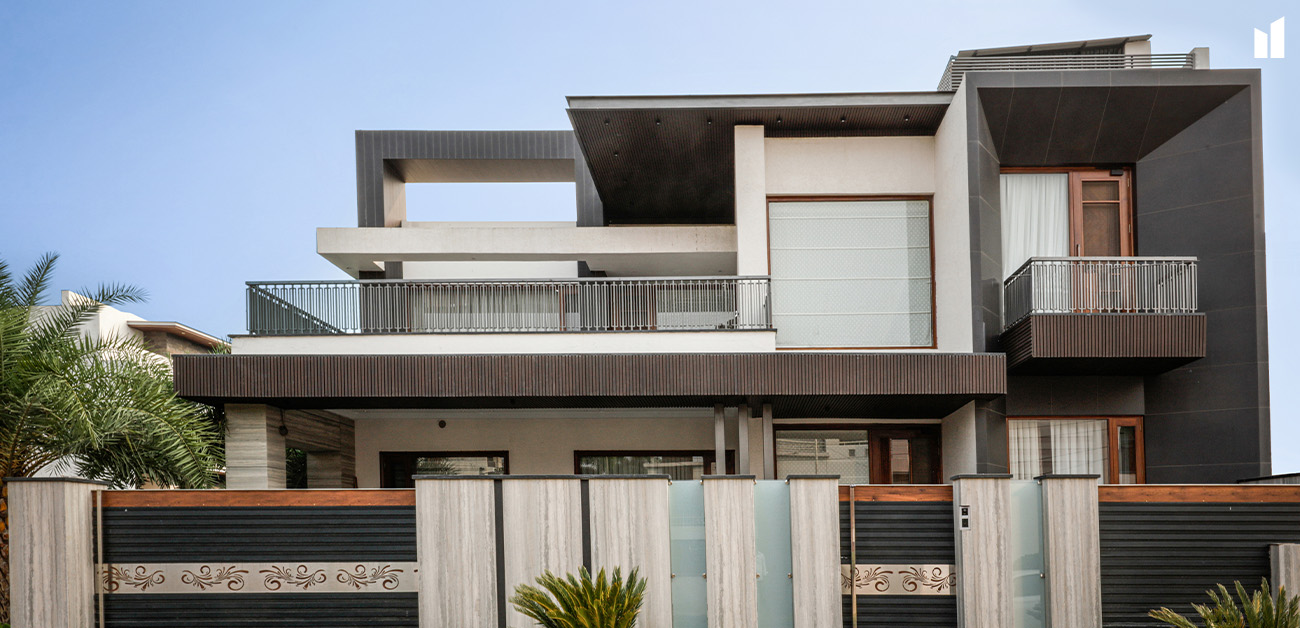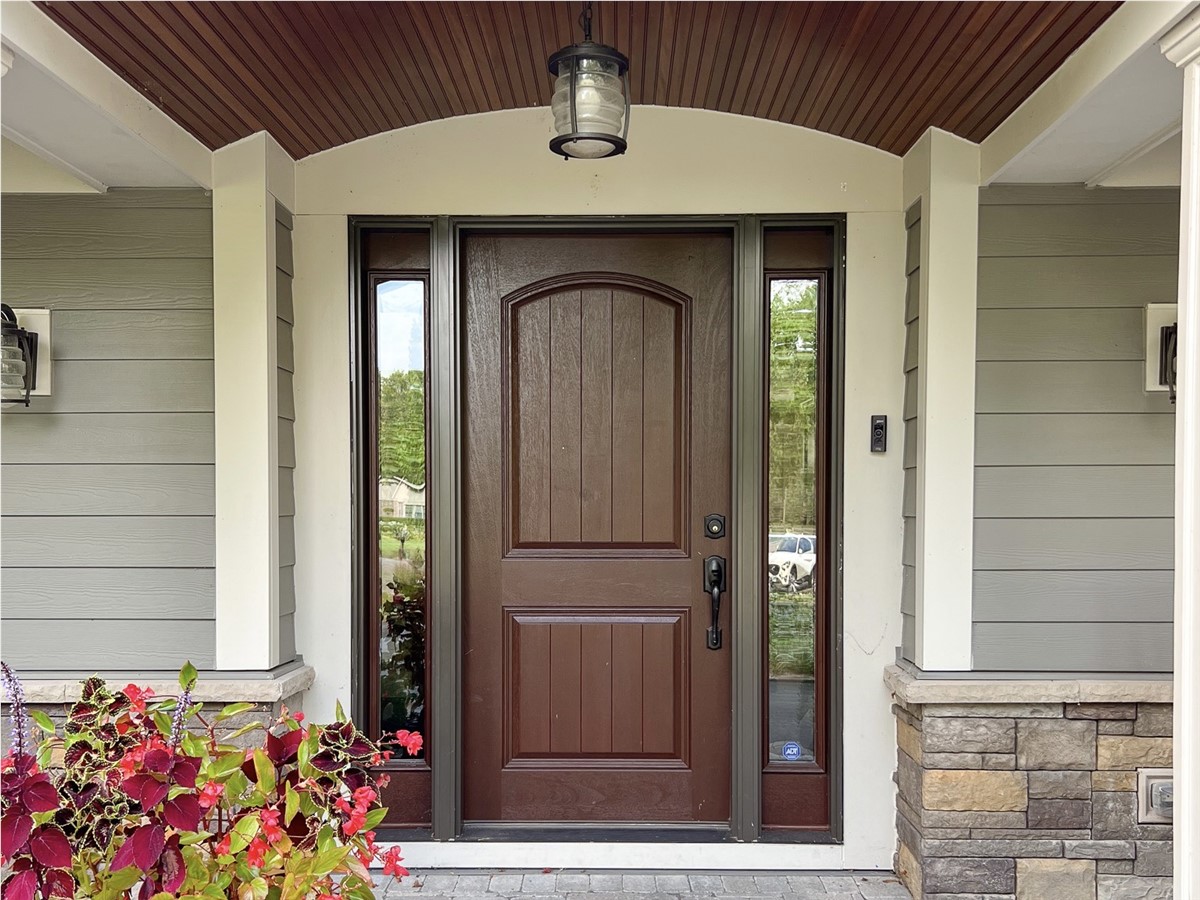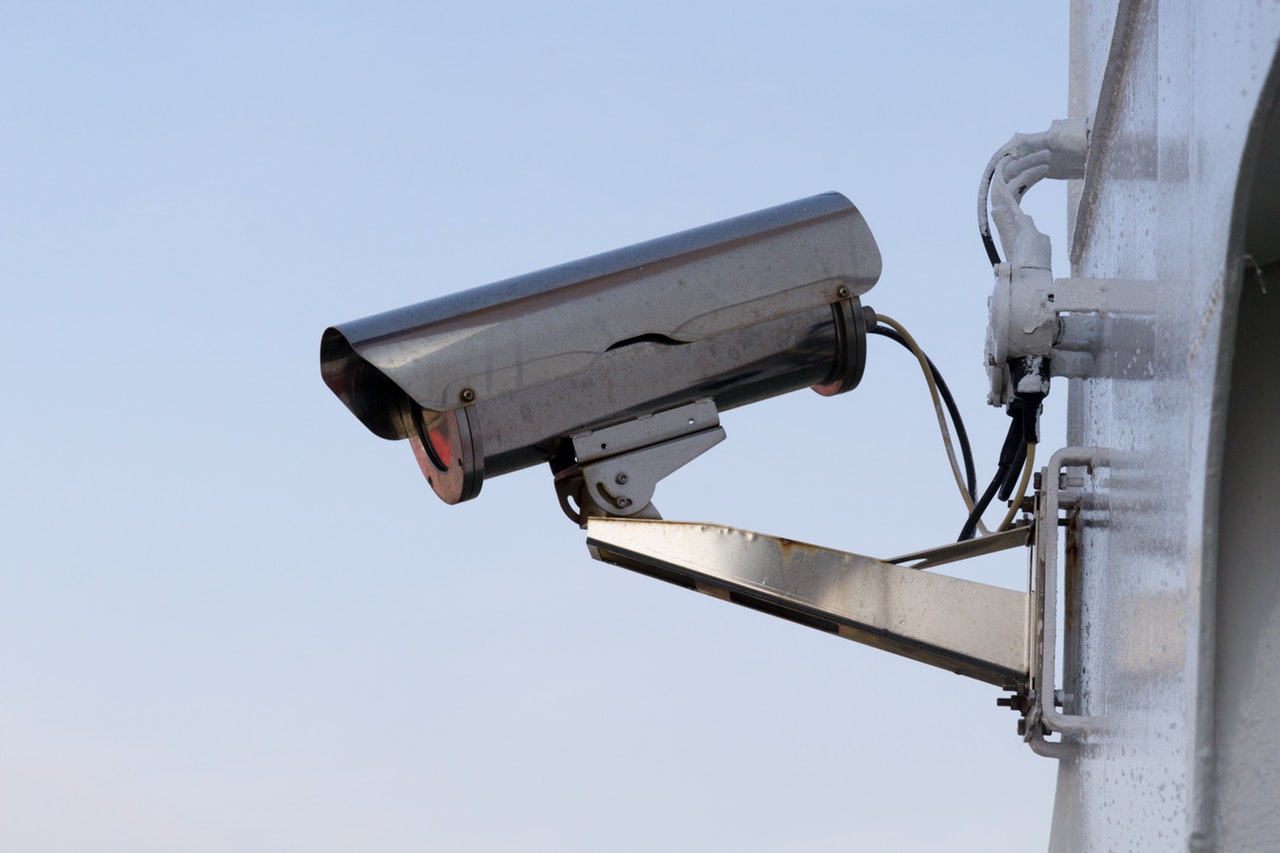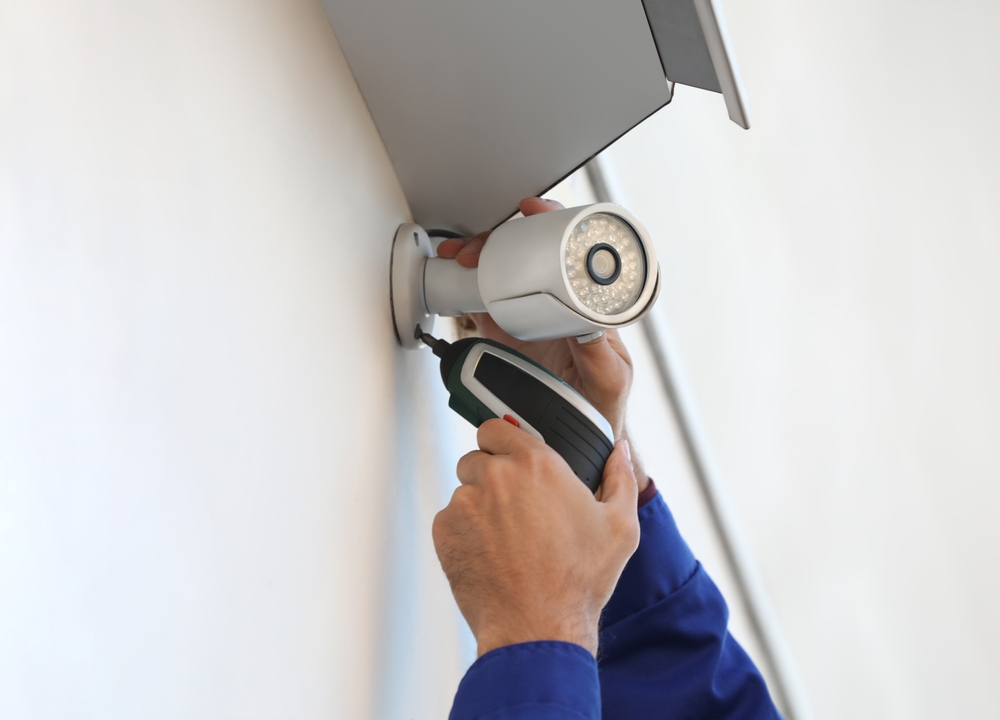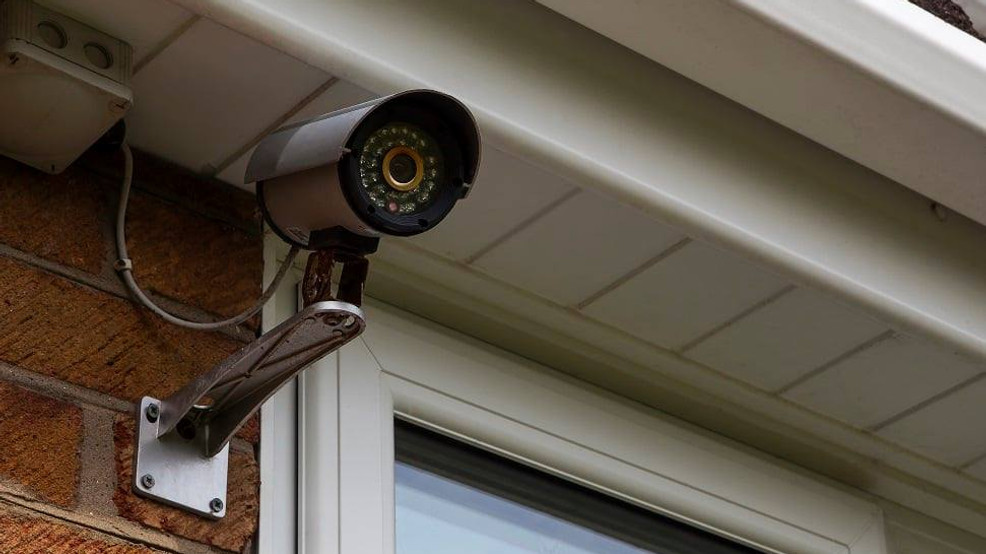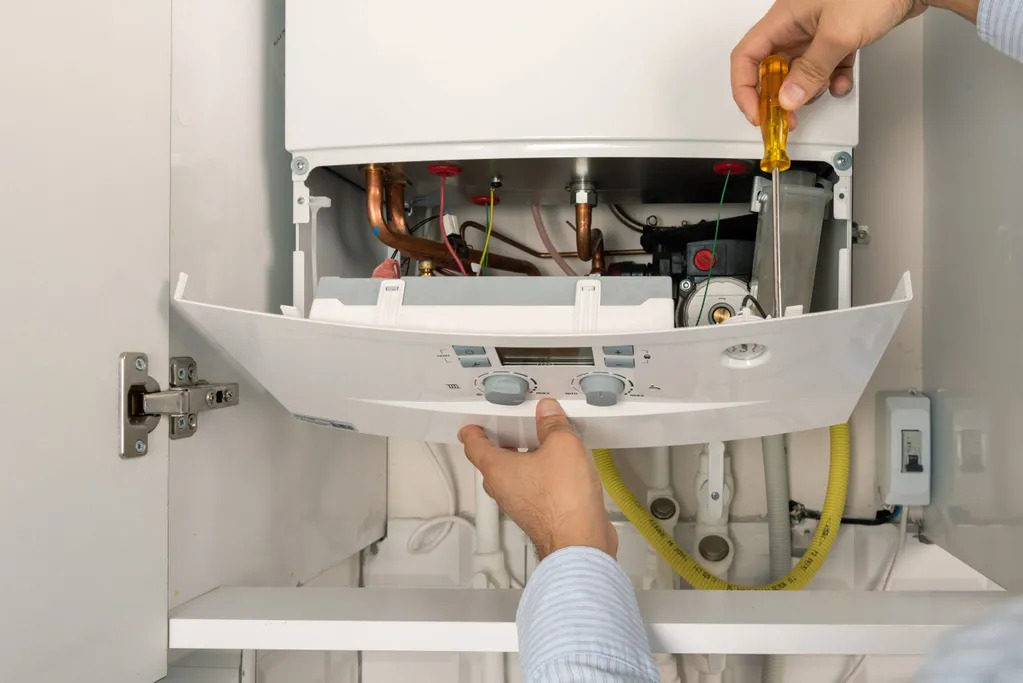Access to clean, safe drinking water is fundamental to our health and well-being. However, as concerns over water quality continue to grow, many households are opting for water filtration systems to ensure they have access to the purest water possible. While these systems offer numerous benefits, understanding their costs is crucial for making an informed decision. In this article, we will explore the various types of water filtration systems, compare their costs, and help you determine which option offers the best value based on your needs and budget.
Hydrogen water is gaining popularity due to its potential health benefits. To maintain its effectiveness, proper handling is essential. Whether you’re new to hydrogen water or a seasoned user, learn more about its science and storage tips to ensure you’re getting the best results.
Types of Water Filtration Systems
Before we explore the costs, it is important to understand the different types of filtration systems available. Each system comes with its own advantages and disadvantages, and the cost of installation and maintenance can vary widely.
1. Activated Carbon Filters
Activated carbon filters are one of the most common types of water filtration systems. These filters work by adsorbing contaminants such as chlorine, volatile organic compounds (VOCs), and some heavy metals. Activated carbon is often used in pitchers, under-sink filters, and whole-house filtration systems.
- Cost: Activated carbon filters are relatively affordable. A basic pitcher filter can cost as little as $20, while under-sink systems typically range from $100 to $400. Whole-house systems can cost anywhere between $500 and $3,000, depending on the size and complexity of the system.
- Maintenance: These filters require periodic replacement, typically every 3 to 6 months for pitcher filters and annually for under-sink and whole-house systems. Replacement cartridges generally cost between $10 and $50.
2. Reverse Osmosis (RO) Systems
Reverse osmosis is a highly effective filtration process that removes up to 99% of contaminants from water. The system works by pushing water through a semipermeable membrane that filters out impurities such as heavy metals, salts, fluoride, and other dissolved solids.
- Cost: Reverse osmosis systems are more expensive compared to activated carbon filters. A basic under-sink RO system may cost between $150 and $600, while a more advanced model can cost upwards of $1,000. Whole-house RO systems can be significantly more expensive, ranging from $2,000 to $5,000 or more, depending on the system’s capacity and features.
- Maintenance: The maintenance cost for RO systems can be higher due to the need to replace both the pre-filters and the membrane. Pre-filters need to be replaced every 6 to 12 months, and the membrane generally needs replacement every 2 to 3 years. Replacement filters and membranes typically cost between $30 and $150.
3. Water Distillers
Water distillers work by boiling water and then condensing the steam back into liquid form, leaving contaminants behind. This process removes bacteria, viruses, heavy metals, and chemicals. Distillation is often used for those seeking ultra-pure water, free from even trace contaminants.
- Cost: Water distillers tend to be more expensive than activated carbon filters but less expensive than reverse osmosis systems. Countertop distillers typically cost between $100 and $500, while larger, more advanced models can reach $1,000 or more.
- Maintenance: Distillers require regular cleaning, especially to remove mineral buildup. The maintenance cost is relatively low, with cleaning solutions and replacement parts typically costing under $50 annually.
4. Ultraviolet (UV) Purifiers
Ultraviolet purifiers use UV light to kill or deactivate harmful microorganisms in the water, including bacteria, viruses, and protozoa. However, UV purifiers do not remove chemical contaminants, heavy metals, or sediments. They are most commonly used in conjunction with other filtration systems to address microbial concerns.
- Cost: UV purifiers are typically priced between $100 and $600 for under-sink models. Whole-house systems can cost anywhere from $500 to $2,000, depending on the flow rate and features.
- Maintenance: UV purifiers require annual replacement of the UV lamp, which typically costs between $30 and $80. The system itself generally requires minimal maintenance aside from cleaning the chamber to remove buildup.
Comparing Costs: Which System is Right for You?
When deciding which filtration system to install, it is important to take both initial costs and long-term maintenance into account. The right system for you will depend on several factors, including water quality, household size, and budget.
1. Upfront Costs
The initial cost of installation varies significantly between systems. Activated carbon filters offer the most affordable entry point, making them ideal for individuals on a budget or those who need a simple solution for improving taste and odor. Reverse osmosis systems, while more expensive upfront, provide a higher level of purification, making them ideal for households with concerns about chemical contaminants or well water. Distillers and UV purifiers are typically less common and used in more specialized situations, such as when ultra-pure water is required or when specific microbial concerns need to be addressed.
2. Maintenance Costs
It’s also important to consider the ongoing maintenance costs of each filtration system. Activated carbon filters have relatively low maintenance costs, as you only need to replace the filter cartridges periodically. Reverse osmosis systems have higher maintenance costs due to the need for filter and membrane replacements. Water distillers have minimal ongoing costs beyond cleaning, but their energy consumption can add up. UV purifiers require lamp replacements, but these systems generally have low maintenance otherwise.
3. Efficiency and Effectiveness
When choosing a filtration system, it’s essential to consider what contaminants you want to remove from your water. Activated carbon filters are excellent for improving taste and odor but may not be effective at removing hard-to-spot contaminants such as heavy metals or microorganisms. Reverse osmosis systems provide thorough filtration, addressing a broad spectrum of impurities, but they can be wasteful, typically discarding 3 to 4 gallons of water for every gallon of purified water. Distillers offer ultra-pure water but can be slow and energy-intensive. UV purifiers are excellent at eliminating microorganisms but should be paired with another system for chemical filtration.
4. Water Quality and Household Needs
For homes with hard water or those on well water, a reverse osmosis system may be necessary to ensure the water is safe for consumption. For households relying on municipal water, activated carbon or UV filtration may suffice, particularly if the concern is primarily about taste and odor.
Conclusion
Choosing the right water filtration system comes down to understanding your household’s specific needs, the quality of your water, and your budget. While activated carbon filters are cost-effective and great for general purification, reverse osmosis systems offer a higher level of purification, albeit at a higher price point. Water distillers and UV purifiers offer specialized benefits for those seeking ultra-pure water or addressing microbial concerns. By comparing the costs, maintenance requirements, and filtration capabilities of each system, you can select the most appropriate solution for ensuring clean, safe water in your home.

